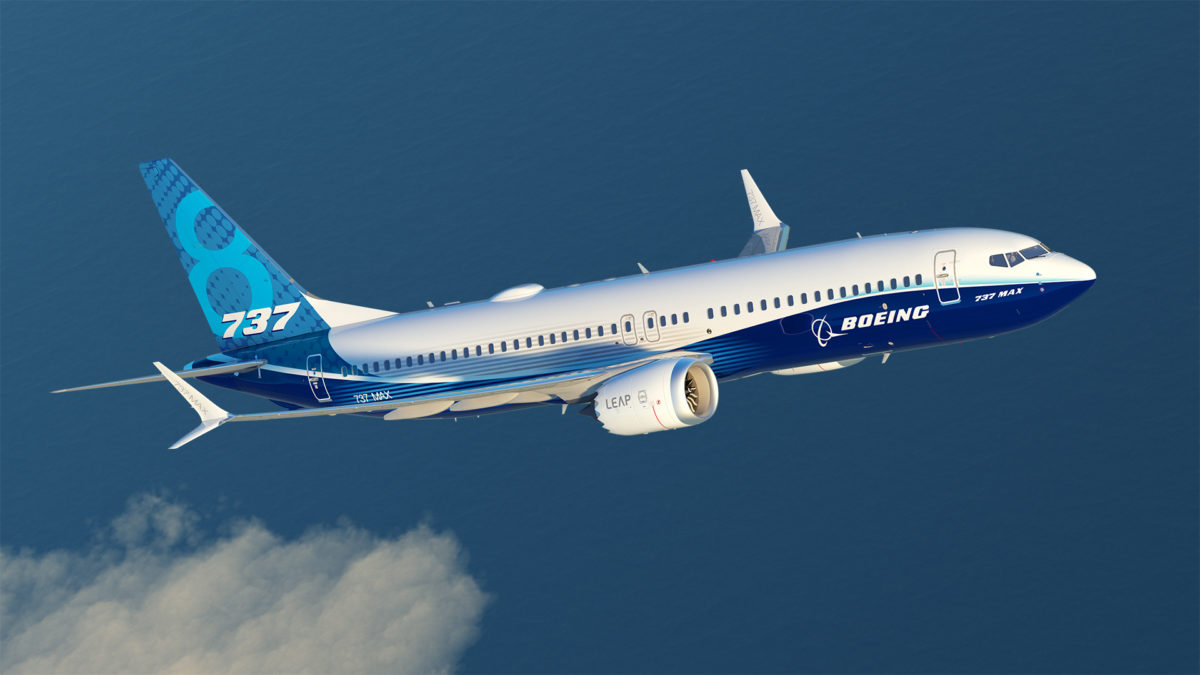The US Federal Aviation Administration (FAA) has lifted the order that suspended Boeing 737 MAX (-8s and -9s) operations for airlines under its jurisdiction. The move will allow airlines that are under the FAA's jurisdiction, including those in the US, to take the steps necessary to resume service and allow Boeing to begin making deliveries.
"We will never forget the lives lost in the two tragic accidents that led to the decision to suspend operations" said David Calhoun, chief executive officer of The Boeing Company.
“These events, and the lessons we have learned as a result, have reshaped our company and further focused our attention on our core values of safety, quality and integrity.”
David Calhoun, chief executive officer of The Boeing Company
Throughout the past 20 months, Boeing has worked closely with airlines; providing them with detailed recommendations regarding long-term storage, also ensuring their input was part of the effort to safely return the airplanes to service.
An Airworthiness Directive, issued by the FAA, spells out the requirements that must be met before US carriers can resume service including installing software enhancements, completing wire separation modifications, conducting pilot training and accomplishing thorough de-preservation activities, all to ensure that the airplanes are ready for service.
Stan Deal, president and chief executive officer of Boeing Commercial Airplanes stated the following: "The FAA's directive is an important milestone. We will continue to work with regulators around the world, and our customers, to return the airplane back into service worldwide".
Software Update
Boeing's Manoeuvring Characteristics Augmentation System, known as MCAS, will now rely on readings from two Angle of Attack (AoA) sensors, instead of just one. These sensors measure the angle at which the wing slices through the air.
MCAS will activate only if both sensors are in agreement, and it will activate only one time, Boeing has said.
Separately, Boeing is making standard an alarm alerting pilots to a mismatch of flight data from the sensors.
Boeing did not tell US regulators, for more than a year, that they inadvertently made the so-called AoA Disagree alert optional on the 737 MAX, instead of standard as on earlier 737s. Boeing has said the missing display represented no safety risk, an FAA official said in May 2019.
Pilot Training
Pilots must undergo new simulator training, including training on multiple flight-deck alerts during unusual conditions, along with training on how to respond to a situation known as runaway stabilizer, with timely pilot actions required.
Pilots must also get training for erroneous, high Angle of Attack, malfunctions.
American Airlines expects to train some 1,700 of their 4,000 737 pilots in December; with a one hour and 40 minute iPad course and a two-hour simulator session that will follow a one-hour briefing, the union representing its pilots said.
Wiring Bundles
Boeing said they will separate 737 MAX wiring bundles, flagged by regulators as potentially dangerous, before the jet returns to service.
The jet's wiring raised the potential of a short circuit that, in certain remote circumstances, could lead to a crash if pilots did not react in time.
One industry source said the wiring separation was "still continuing" this week.
Foreign Object Debris
In February, Boeing said that hey found "foreign object debris", an industrial term for rags, tools, metal shavings and other materials left behind by workers during production, in the fuel tanks of dozens of undelivered 737 MAX jets.
Boeing said that they have inspected all of the stored aircraft and "shared inspection recommendations and detailed instructions with customers storing their own airplanes".




